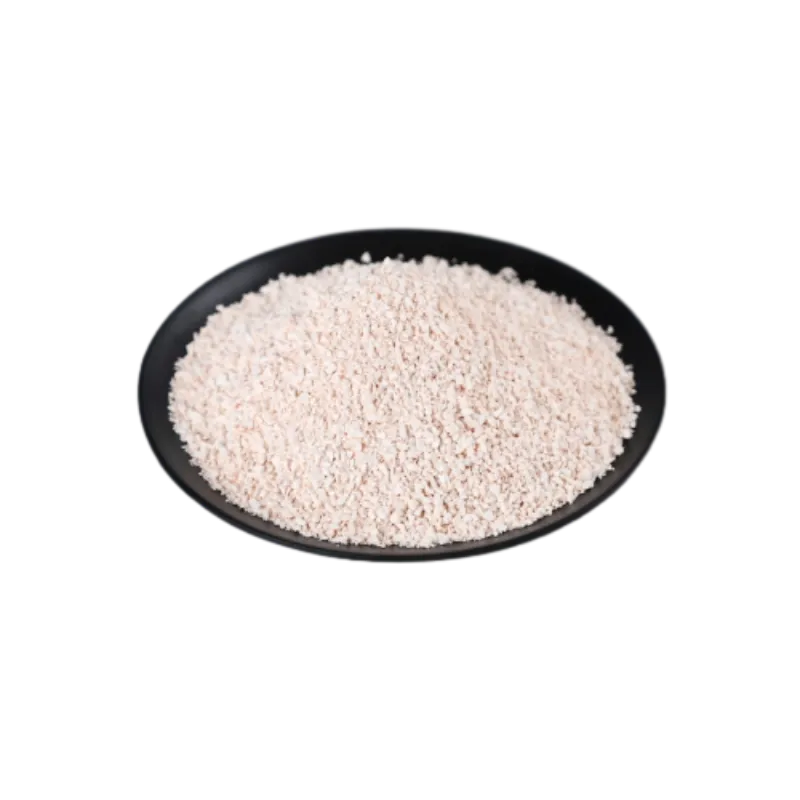
ඔක්. . 06, 2024 05:45 Back to list
asphalt roofing system
Understanding Asphalt Roofing Systems A Comprehensive Guide
Asphalt roofing systems are among the most popular choices for residential and commercial buildings, known for their durability, affordability, and versatility. This article delves into the various aspects of asphalt roofing, covering its types, advantages, installation process, maintenance practices, and popular considerations.
Types of Asphalt Roofing
1. Asphalt Shingles This is the most common form of asphalt roofing. Available in two main types—organic and fiberglass—these shingles are known for their ease of installation and budget-friendliness. Organic shingles utilize a paper base saturated with asphalt, while fiberglass shingles use a fiberglass mat. Asphalt shingles are further available in a variety of styles, colors, and textures, allowing homeowners to select options that best match their aesthetic preferences.
2. Modified Bitumen Systems This type of roofing is typically used for flat or low-slope roofs. Modified bitumen involves the application of asphalt with additional modifiers that enhance flexibility and performance. These systems may be installed using torch, cold adhesive, or self-adhesive methods, providing greater adaptability for different roof configurations.
3. Built-Up Roofing (BUR) Historically, BUR systems were common for low-slope roofs and consist of multiple layers of bitumen combined with reinforcing fabrics. While still used, they have largely been replaced by modified bitumen systems due to enhancements in technology and application methods. BURs can be finished with gravel or coated with reflective materials for improved energy efficiency.
Advantages of Asphalt Roofing
Asphalt roofing systems come with a myriad of benefits that make them a preferred choice among homeowners and builders
- Cost-Effectiveness Compared to other roofing materials, asphalt shingles are generally less expensive, both in terms of initial investment and maintenance.
- Durability High-quality asphalt shingles can withstand various weather conditions, including heavy rain, strong winds, and snow. With proper installation and maintenance, they can last 20-30 years.
- Easy Installation Asphalt shingles are relatively straightforward to install, which not only reduces labor costs but also minimizes the time taken to complete the project.
- Variety The availability of diverse styles and colors makes it easy for homeowners to match their roofs to the overall design of their homes.
- Energy Efficiency Some asphalt roofing systems are designed to reflect more sunlight, helping to keep homes cooler and reducing energy costs.
The Installation Process
asphalt roofing system

Installing an asphalt roofing system involves several crucial steps to ensure its longevity and performance
1. Preparation This includes removing any existing roofing materials, inspecting the underlying structure for damage, and repairing any issues.
2. Underlayment A protective underlayment is typically installed over the roof deck. This acts as an additional barrier against water infiltration.
3. Shingle Installation Starting from the bottom edge and moving upwards, asphalt shingles are installed in overlapping rows. Care must be taken to align the shingles correctly and fasten them securely.
4. Flashing and Ventilation Proper flashing is installed around chimneys, skylights, and valleys to prevent leaks. Ventilation systems are integrated to allow moisture and heat to escape, prolonging the roof's lifespan.
5. Final Inspection Once the installation is complete, a thorough inspection ensures everything is correctly installed and functioning.
Maintenance Practices
Maintaining an asphalt roofing system is essential for maximizing its lifespan
- Regular Inspections Homeowners should inspect their roofs at least twice a year and after severe weather events for signs of damage or wear.
- Cleaning Keeping the roof clean of debris, such as leaves and branches, prevents mold growth and ensures proper drainage.
- Prompt Repairs Addressing minor damage early, such as cracked shingles or loose flashing, can prevent more significant issues down the line.
- Gutter Maintenance Ensuring gutters are unclogged allows for proper water drainage, further protecting the roof and home structure.
Conclusion
Asphalt roofing systems remain a reliable choice for many building types, combining affordability, longevity, and aesthetic appeal. Understanding the different types, installation methods, and maintenance needs can empower homeowners to make informed decisions regarding their roofing projects. With proper care, an asphalt roof can provide shelter and style for decades, making it a solid investment for any property.
-
Different 3 Tab Shingles Types | Affordable & Durable Roofing
NewsAug.03,2025
-
Moonlight White HIREFLE Granules with GPT-4 Turbo
NewsAug.02,2025
-
Premium Round Asphalt Shingles: Durable & Elegant Roofing
NewsAug.01,2025
-
Eco-Friendly Clay Tiles | AI-Enhanced Durability
NewsJul.31,2025
-
Durable Shingle Granules for Premium Roofs
NewsJul.31,2025
-
Stone Coated Metal Roof Tile-Roman Tile for Durable Roofing Solutions
NewsJul.30,2025







